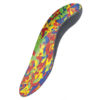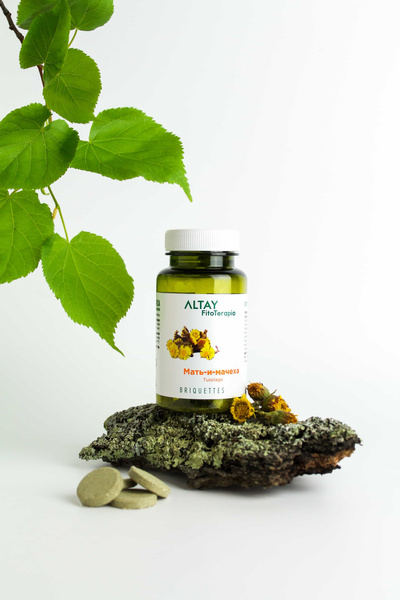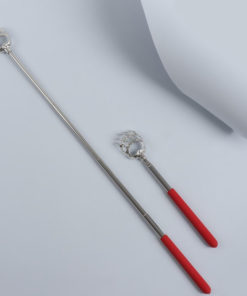-
×
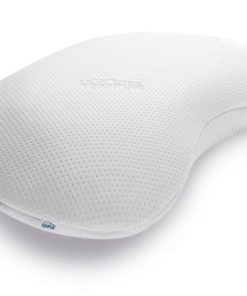 Tempur Sonata M Mattress
2 × $469.00
Tempur Sonata M Mattress
2 × $469.00 -
×
 Magniflex Memoform Simple Pillow: Superior Comfort & Support
1 × $299.00
Magniflex Memoform Simple Pillow: Superior Comfort & Support
1 × $299.00 -
×
 VitaDream Supportive Pillow 70x90cm (20cm High)
1 × $289.00
VitaDream Supportive Pillow 70x90cm (20cm High)
1 × $289.00 -
×
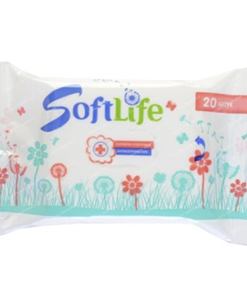 Wet Refreshing Wipes WRW (Wet Refreshing Wipes)(SoftLife), 20 pcs
1 × $9.00
Wet Refreshing Wipes WRW (Wet Refreshing Wipes)(SoftLife), 20 pcs
1 × $9.00 -
×
 White Disposable Cat Mask
1 × $9.00
White Disposable Cat Mask
1 × $9.00 -
×
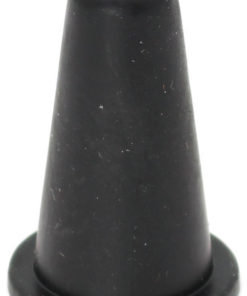 CE6-35 BK Protective Caps (50 Pack)
1 × $39.00
CE6-35 BK Protective Caps (50 Pack)
1 × $39.00 -
×
 Si-Line Silicone Vacuum Massage Cups Set: 4 Cups, Face Brush & Case
2 × $39.00
Si-Line Silicone Vacuum Massage Cups Set: 4 Cups, Face Brush & Case
2 × $39.00 -
×
![Smith Frequency 086: [Relevant Keyword] Guide](https://globalhealingweb.com/wp-content/uploads/2024/11/6295017024-247x296.jpg) Smith Frequency 086: [Relevant Keyword] Guide
1 × $139.00
Smith Frequency 086: [Relevant Keyword] Guide
1 × $139.00 -
×
 55mm Ashless Filter Papers, White Ribbon, 100 Count
1 × $9.00
55mm Ashless Filter Papers, White Ribbon, 100 Count
1 × $9.00 -
×
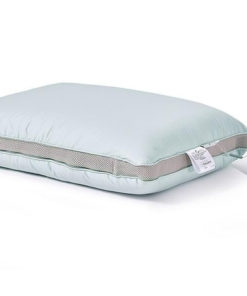 Luxury Gray Goose Down Pillow with Memory Foam - Belpol GALAXY SEA 50x70x4
1 × $359.00
Luxury Gray Goose Down Pillow with Memory Foam - Belpol GALAXY SEA 50x70x4
1 × $359.00 -
×
 Olive Green Convertible Multi-Purpose Tote Bag SURT-01
1 × $109.00
Olive Green Convertible Multi-Purpose Tote Bag SURT-01
1 × $109.00 -
×
 COMBI-RELAX Pillow with 2 Buckwheat Hull Rollers
1 × $79.00
COMBI-RELAX Pillow with 2 Buckwheat Hull Rollers
1 × $79.00 -
×
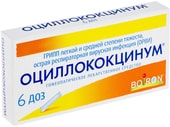 Boiron Oscillococcinum, 1 g, 6 doses.
1 × $59.00
Boiron Oscillococcinum, 1 g, 6 doses.
1 × $59.00 -
×
 V-Gel Vaginal Gel (2 x 30g)
2 × $19.00
V-Gel Vaginal Gel (2 x 30g)
2 × $19.00 -
×
 Orthopedic Pillow 40x60cm (13cm Height) - Dream Factory Comfort
1 × $69.00
Orthopedic Pillow 40x60cm (13cm Height) - Dream Factory Comfort
1 × $69.00 -
×
 Soft contact lenses Biotrue ONEday (nesofilcon A) -0.50
1 × $9.00
Soft contact lenses Biotrue ONEday (nesofilcon A) -0.50
1 × $9.00 -
×
 Kneipp Arnica Salve S: Powerful Pain Relief
1 × $79.00
Kneipp Arnica Salve S: Powerful Pain Relief
1 × $79.00 -
×
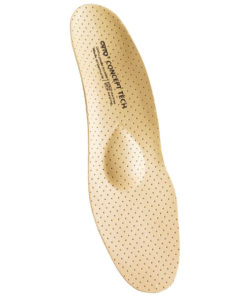 Ortho Concept Tech Orthotic Insoles, Size 37
1 × $89.00
Ortho Concept Tech Orthotic Insoles, Size 37
1 × $89.00 -
×
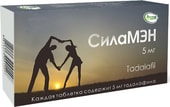 AkademFarm Silaman, 5 mg, 15 tab.
1 × $63.50
AkademFarm Silaman, 5 mg, 15 tab.
1 × $63.50 -
×
 Pfizer Sermion, 30 mg, 30 tablets
1 × $37.50
Pfizer Sermion, 30 mg, 30 tablets
1 × $37.50 -
×
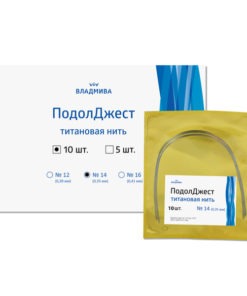 VladMiVa Podolgest Titanium Thread 14 (0.35mm) - 10 Pieces
1 × $79.00
VladMiVa Podolgest Titanium Thread 14 (0.35mm) - 10 Pieces
1 × $79.00 -
×
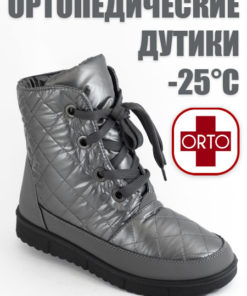 Almi ORTO: Orthopaedic Shoes
1 × $69.00
Almi ORTO: Orthopaedic Shoes
1 × $69.00 -
×
 Russian Herbal Diuretic Tea (20 Bags) - Strength of Russian Herbs
1 × $9.00
Russian Herbal Diuretic Tea (20 Bags) - Strength of Russian Herbs
1 × $9.00 -
×
 Turbo Ozempic Diet Pills: Fast Weight Loss (60 Capsules)
1 × $109.00
Turbo Ozempic Diet Pills: Fast Weight Loss (60 Capsules)
1 × $109.00 -
×
 Orthotic Insoles with Arch Support ORTO Fun Tech - Size 43/44
1 × $99.00
Orthotic Insoles with Arch Support ORTO Fun Tech - Size 43/44
1 × $99.00
Subtotal: $3,165.00
 Free worldwide shipping on orders $99+
Free worldwide shipping on orders $99+  US: temporary delays — postal services aligning new import rules,
US: temporary delays — postal services aligning new import rules,  EU: 1–2 weeks,
EU: 1–2 weeks,  Worldwide: 1–4 weeks
Worldwide: 1–4 weeks 

